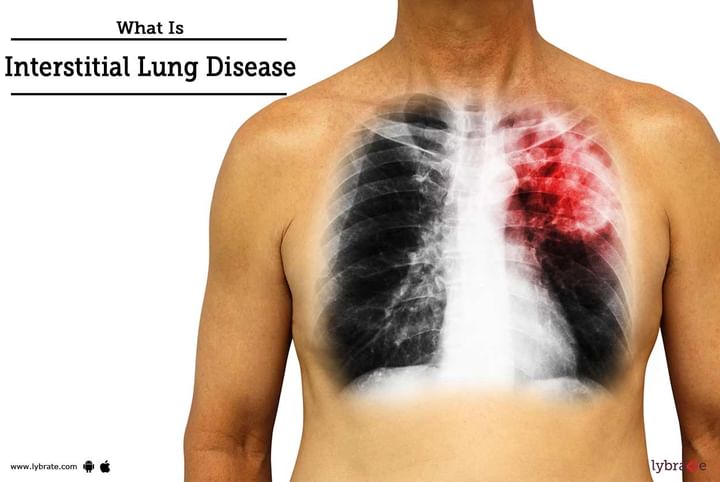What Is Interstitial Lung Disease?
Interstitial Lung Disease (ILD) is a term which is used for a large collection of disorders that can cause scarring of the lungs. The scarring gives rise to stiffness in the lungs that make it troublesome for breathing. Some of the examples of ILDs include Asbestosis, Hypersensitivity Pneumonitis, Sarcoidosis, and Idiopathic Pulmonary Fibrosis.
Causes -
ILDs could be caused by being exposed to dangerous chemicals, medical treatments, and certain medications. In nearly all cases, the result is unspecified. In several cases, it can be reduced by certain medications. Many drugs can harm the lungs, especially heart medications which are used to treat irregular heartbeats and hence might damage the lung tissue. Chemotherapy drugs that kill cancer cells, can also harm lung tissue.
Anti-inflammatory drugs and some antibiotics can also cause lung damage. The desecrate of the lung from many ILDs is progressive and irreversible which means it gets adverse over time. So, doctors often recommend lung transplant for the people having interstitial lung disease.
Symptoms -
The earliest symptoms and signs of interstitial lung disease are dry cough and shortness of breath at rest.
Risk Factors -
● Chemotherapy and Radiation: Using therapy drugs or having radiation treatments to chest makes it more likely to develop lung disease.
● Age: Interstitial lung disease affect adults more, although children and infants sometimes develop this disorder.
● Smoking: It occurs mostly in people who have a history of smoking. Active smoking might make the condition worse.
● Gastroesophageal Reflux Disease: If a person is having indigestion or uncontrolled acid reflux, he or she may be at risk of Interstitial Lung Disease (ILD).
Treatment -
The lung scarring or the lung fibrosis that occurs in interstitial lung disease cannot be changed and therapy will not every time be effective in stopping or finishing the ultimate development of the disease. Some treatments might slow the progression of this disease or improve symptoms temporarily. Others may help to improve quality of life. Many different scarring disorders have no proven therapies.
● Oxygen Therapy: Lung damage cannot be stopped by the oxygen therapy, but it can improve the sense of well-being and sleep because when sleeping, one receives more oxygen. It can also relax blood pressure in the right part of the heart. It can make breathing easier. Oxygen therapy can also lessen or prevent difficulty from low blood oxygen levels.
● Pulmonary Rehabilitation: Pulmonary rehabilitation not only improves daily functioning but also helps in live life fully to the people who are suffering from Interstitial Lung Disease. Pulmonary rehabilitation programs focus on breathing techniques which enhance lung efficiency, physical exercise to enhance endurance, nutritional counseling, and emotional support.
Take Away -
Interstitial Lung Disease (ILD) is a group of disorders that can be the cause of scarring of the lungs, which ultimately lead to lung damage. This condition affects more adults than children. The progression of this condition can be curtailed by adopting certain therapies.



+1.svg)
